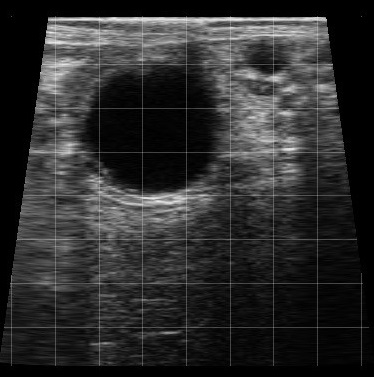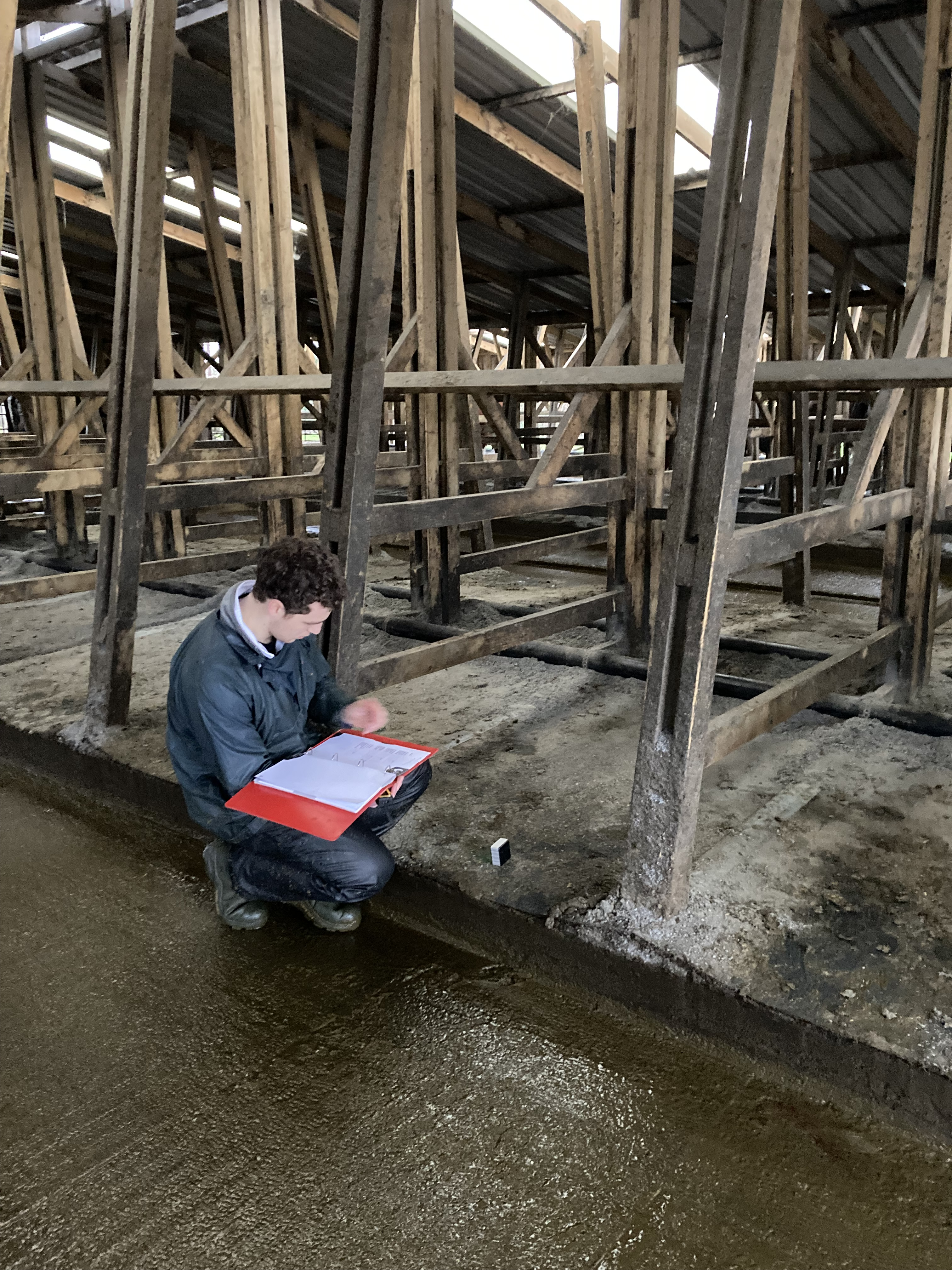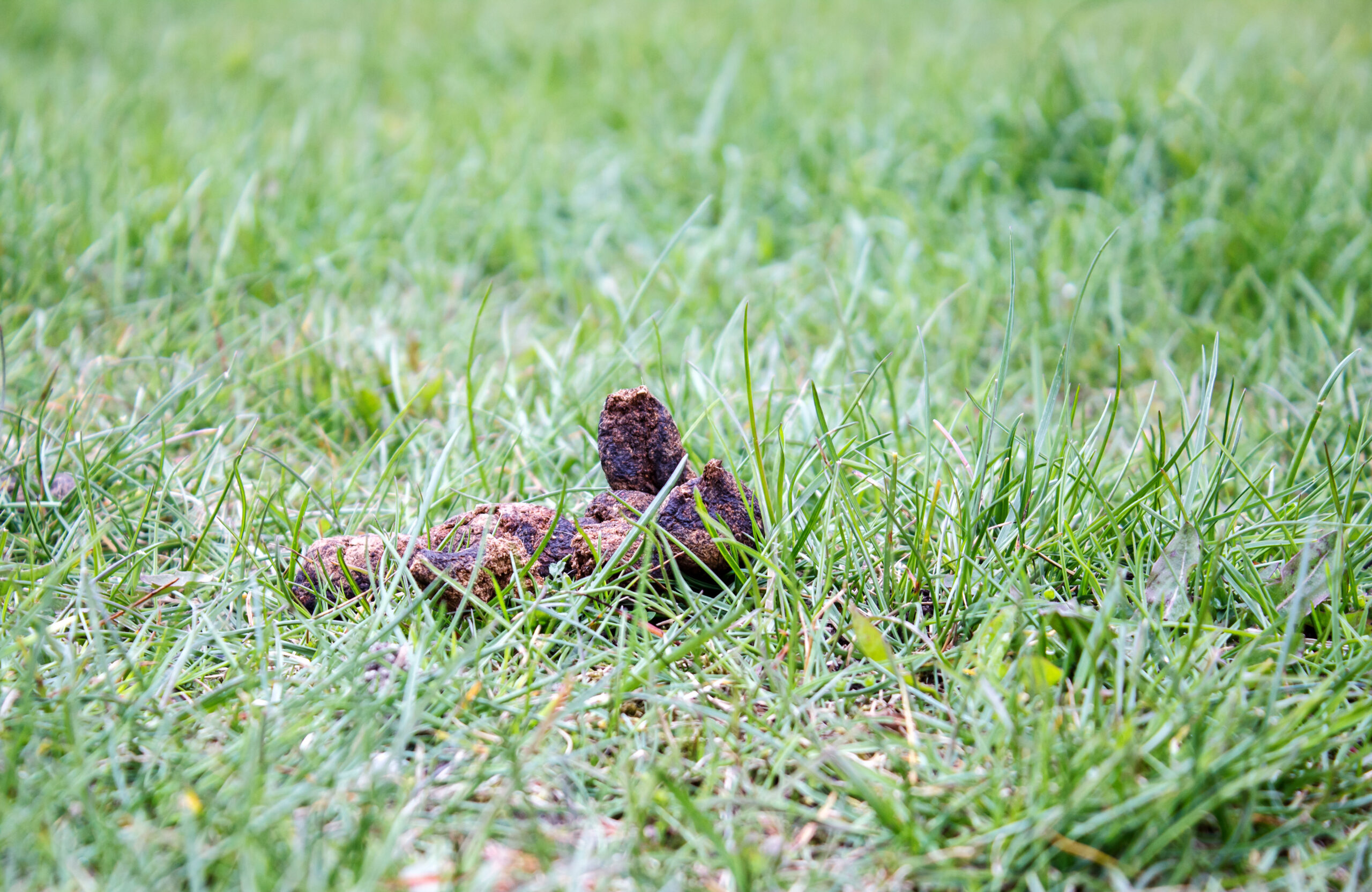Mastitis is considered to be one of the most frequent and costly diseases in the dairy industry. The economic consequences of both clinical and subclinical mastitis are due to treatment costs, production losses, culling and increased risk of other diseases. Streptococcus uberis mastitis especially.
Changes in herd size and intensification have led to the increased relative impact of environmental pathogens. Among them Streptococcus uberis and E. coli . Cows are most commonly infected from environmental sources in the dry period often resulting in clinical cases early in the subsequent lactation. Although infection can also originate in lactating cows, with the first 75 days of lactation being a greater risk period than the rest of the lactation. Up to 60% of clinical cases of mastitis can have their origins in the dry period. The highest infection rates are seen just after drying off and around parturition.

There is no denying the improvements seen on farm in the control of environmental mastitis. This has been by improving environment hygiene and use of vaccination against E. coli and coliforms. However there is always a place for any new tools to help reduce mastitis new infection rates; such as Ubac – The new Streptococcus uberis vaccine from Hipra
Treatment of Streptococcus uberis mastitis is known to be difficult in terms of both success and recurrence. Additionally, persistent infections can lead to significant use of antibiotics at cow and herd level.
Ubac is a unique subunit vaccine to stimulate active immunity against Streptococcus uberis. It is indicated for active immunisation of healthy cows and heifers to:
- Reduce the incidence of clinical intramammary infections caused by Streptococcus uberis
- Decrease the somatic cell count in Streptococcus uberis positive quarter milk samples
- Reduce milk production losses caused by Streptococcus uberis intramammary infections.
Some field trial information on the new UBAC vaccine:
In a multicentre field study, the incidence of new cases of Streptococcus uberis clinical intramammary infection in the group vaccinated with UBAC was 50% lower than the incidence in the placebo group (6.1% versus 12.2%) which was statistically significantly different (p=0.012). Bearing in mind that some cows had suffered more than one episode of Streptococcus uberis clinical intramammary infection, the incidence of cows with clinical intramammary infection was 52.5% lower in the vaccinated group than those of the placebo group (4.7% versus 9.9%), with a statistical significance of p<0.017.











Leave A Comment